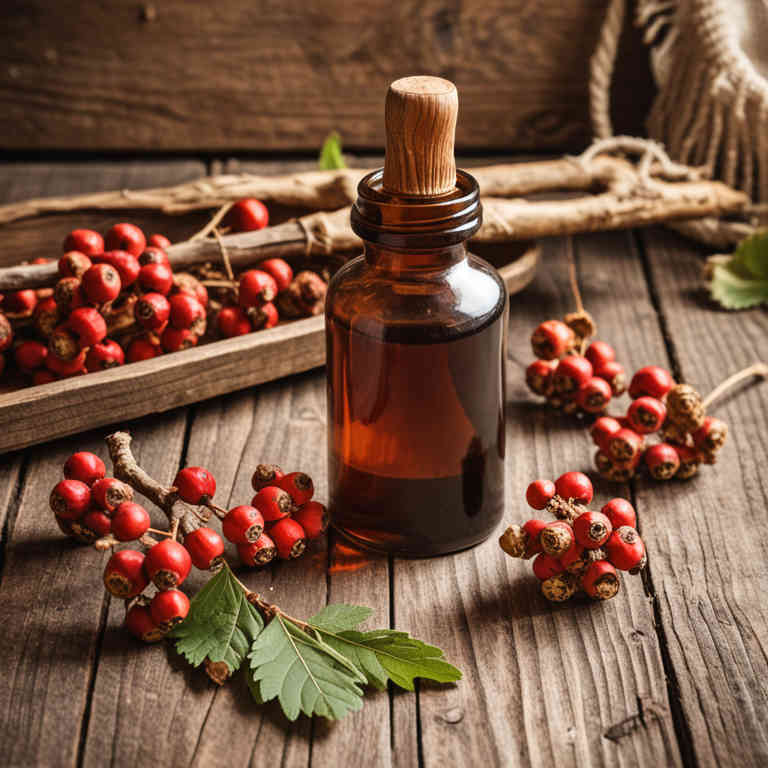Crataegus monogyna tincture for medicinal use

Crataegus monogyna tincture is a preparation made from the berries of the hawthorn tree, which is known for its cardiovascular benefits.
It is commonly used in herbalism to support heart health, reduce anxiety, and improve circulation. The tincture is typically made by soaking the dried berries in alcohol to extract their active compounds. It is often used to treat conditions such as hypertension, arrhythmia, and mild depression.
Due to its calming effects, it is also used to help with insomnia and stress-related disorders.
Uses
Crataegus monogyna tincture has been used to support cardiovascular health and alleviate symptoms of mild heart conditions for centuries.
Historically, it was valued in traditional medicine for its ability to strengthen the heart and improve circulation, with roots in European herbal practices. In modern times, it is commonly used as a complementary therapy for hypertension, angina, and arrhythmias, often prescribed by healthcare professionals. The tincture is believed to contain bioactive compounds such as flavonoids and proanthocyanidins that contribute to its cardiovascular benefits.
Its use continues to be supported by both traditional wisdom and contemporary research in herbal medicine.
Benefits
Crataegus monogyna tincture has health benefits such as improving cardiovascular health, reducing anxiety, and supporting digestive function.
This herbal preparation is derived from the hawthorn tree and is known for its ability to strengthen heart muscles and improve circulation. It may also help lower blood pressure and alleviate symptoms of mild depression due to its calming effects on the nervous system. The tincture is often used in traditional medicine to promote relaxation and enhance overall well-being.
Its antioxidant properties contribute to its potential role in preventing chronic diseases.
Constituents
Crataegus monogyna tincture active constituents include flavonoids, proanthocyanidins, ursolic acid, and triterpenes.
These compounds contribute to its cardiovascular benefits by improving heart function and reducing oxidative stress. The flavonoids and proanthocyanidins act as antioxidants, protecting cells from damage. Ursolic acid has anti-inflammatory and cholesterol-lowering properties.
This tincture is commonly used to support heart health and may help manage symptoms of mild hypertension and angina.
Preparation
To make Crataegus monogyna tincture, begin by selecting ripe red berries from the hawthorn plant, ensuring they are free from pesticides.
Wash the berries thoroughly and chop them into small pieces to increase surface area for extraction. Place the chopped berries in a glass jar and cover them completely with high-proof alcohol, such as 40-50% ethanol or vodka. Seal the jar and store it in a dark, cool place for 4 to 6 weeks, shaking it gently every few days.
After the infusion period, strain the liquid through a fine mesh or cheesecloth to remove the plant material, and store the tincture in a dark glass bottle away from light.
Side Effects
Crataegus monogyna tincture may lead to gastrointestinal discomfort, such as nausea, vomiting, or diarrhea, especially when taken in high doses.
It can also cause dizziness or headaches in some individuals due to its effects on blood pressure and heart rate. Long-term use might result in interactions with medications, particularly those affecting the cardiovascular system. Some people may experience allergic reactions, including skin rashes or itching.
It is important to consult a healthcare professional before using this preparation, especially for those with pre-existing medical conditions.